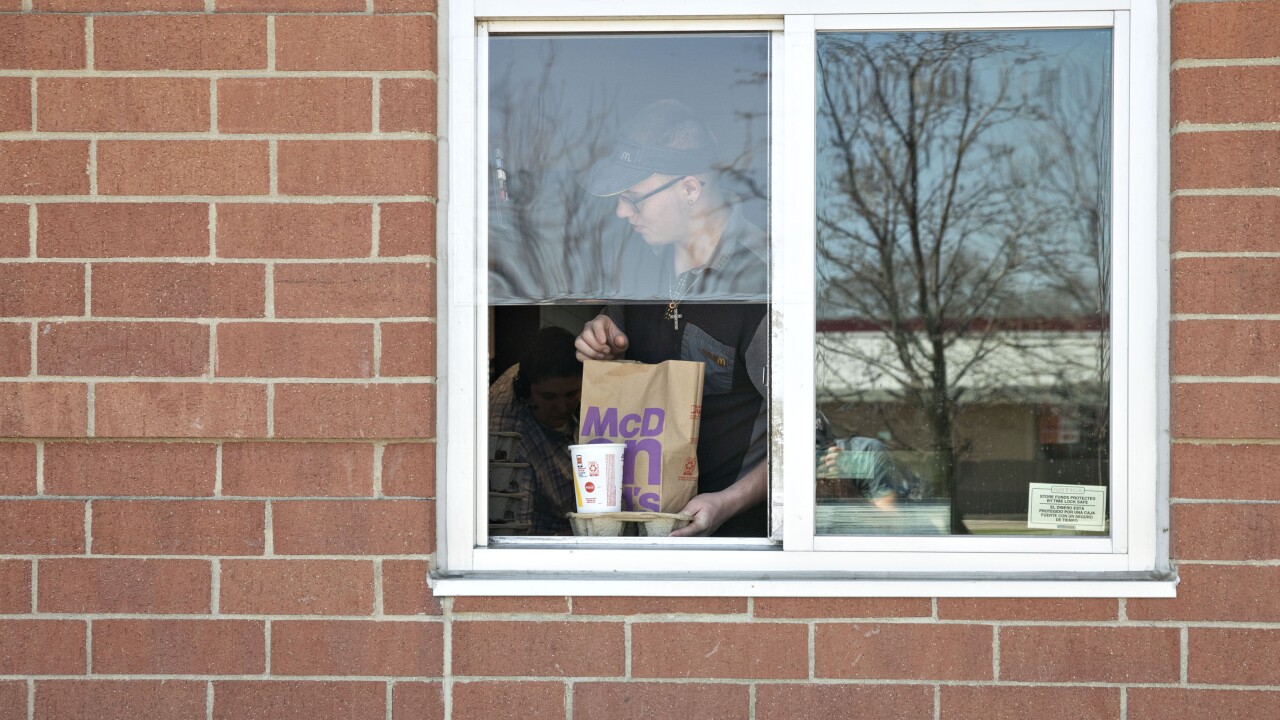In a heated and lively ‘game show’ discussion at Employee Benefit Adviser’s Workplace Benefits Summit in Orlando Tuesday, expert panelists debated the future of employer-paid health care in this country: self-managed plans versus private benefit exchanges. But in the end, by an audible audience vote, it was an even draw as both sides made a compelling argument for their views.
Led by moderator and conference co-chair John Young, the panel of benefits experts debated the followed aspects of health care and which option was the best option.
The definition of a private exchange
A private exchange is a bit like a car, said Sean Clem, VP of marketplace and engagement solutions at employee benefits advisory firm Pacific Resources. “Everyone agrees what a car is,” Clem, of team self-funding, said. “But there is a big difference between a Prius and a Hummer.”
Also see:
For Rob Harkins, practice leader, exchanges, at Willis, an exchange represents the latest version of a car. “We would never go back to the kind of vehicle where you have to roll up the windows,” he said. “You want the best stuff. You want Bluetooth, and that’s what a private exchange is.”
Cost savings
Speaking for team self-funding, Jennifer Forester, HR director at retailer Buffalo Exchange, said she has saved money by self-managing her plan, with the biggest increase in her “rich plan” over the last 5-6 years — 6%. “The main difference is my [plan] is self-managed and teaches individual responsibility and that is how we truly address health care [issues],” she said.
Yet, private exchanges need to be thought of as a machine, Harkins said. “It does something. It provides vehicles for people to pick the right benefit plan for them,” he explained. “Moving to a single plan is great, but in many cases that one plan is not the best fit for the [four generations] in your workforce,” he added. “Their needs are different and giving people money to spend, [they] make better decisions for benefits, and that is how the experience of a private exchange is starting to play out.”
Employee control
A private exchange does not give up control, said Michelle Murray, manager, benefits, Tennant. “We are putting power into employees, becoming less paternalistic,” she said. “For so many years we think we know what is best for employers. But they can make decisions and know how to do it. … It is time we let them do it.”
However, Scott Wood, principal and CEO at Benefit Commerce Corp., said that presents a long-term business risk. “The bottom line is if [private exchanges] don’t work and it drives up cost, then what?” he said. “How do you unwind this?”
In response, Harkins said a private exchange is not a “silver bullet. It is just a tool that we can take all other things we are talking about and put it together to create a more elegant solution,” Harkins added. “Is it going to fix our health care problems? No. We still have to work on this as an industry.”
Also see:
As for the overall debate, “I don’t think either side won or lost,” said Patti Oestreich, benefit analyst at Prime Therapeutics. “The best point made today is that different strategies work for different employers,” she said. “I think all employers should look at the pros and cons of each strategy on a regular basis to see if their current model is still the best.”





